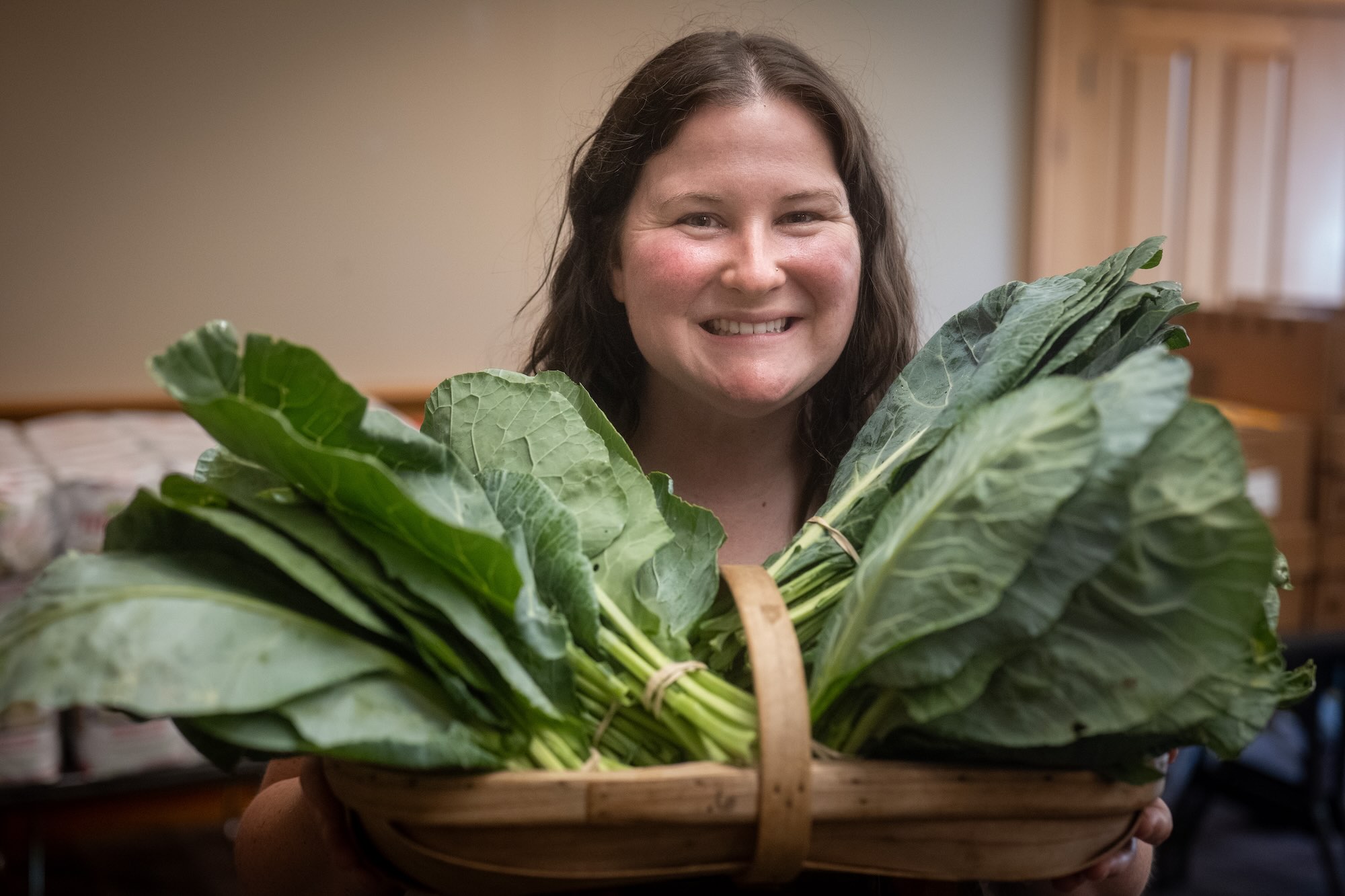Providing Students and Families with the Opportunity to Succeed
In our region, we know that at least one in four children are experiencing food insecurity and are unsure where their next meal will come from. Often times, these children rely upon their schools throughout the year for free or reduced breakfasts and lunches. While free and reduced meal programs provide assistance to families, some families may not be eligible even if they need it, some may reject the idea of receiving help and others may simply miss a deadline or fall through the cracks. Thankfully, this year, many school districts in our region are implementing universal school meal programs.
Universal school meals are meal programs where every student, despite their family’s income level, receives free school meals. During the pandemic, schools throughout the country implemented universal meal programs, which were highly effective in combatting food insecurity at a time where many families faced uncertainty around their health and jobs, while the cost of living rose to levels that made it difficult for families to make ends meet.
Despite rising expenses and many families continuing to struggle to make ends meet, many school districts returned to free and reduced lunch programs after COVID-funding was cut and universal school meal programs were abandoned by many state governments.
As this school year approaches, however, many families are relieved to know that their school districts have re-implemented universal school meals. In our region, Avery, Buncombe, Graham, Haywood, Jackson, Macon, Madison, McDowell, Mitchell and Polk’s school districts have made breakfasts and lunches free for their students (Cherokee County and Henderson County schools are providing free breakfasts, and several Cherokee County elementary schools are providing free lunches as well).
These schools were able to move back to a universal school meal model thanks to changes to which families qualify a school for universal school meals. Previously, schools used the number of families receiving SNAP (aka food stamp) benefits to determine whether or not they were eligible for universal school meals. This year, however, schools can now use the number of families enrolled in Medicaid to secure funding for universal school meals. By being able to report Medicaid enrollees, instead of only SNAP recipients, many more schools can ensure that all children have access to free breakfast and lunch.
Removing Stigma
Access to food is vital to student success. Students experiencing food insecurity and who go to school hungry typically struggle to pay attention and as a result, their grades and academic standing can suffer. By ensuring that all students have access to food during the school day, schools are leveling the playing field. Furthermore, universal school meals removes the stigma that often exists for students on free or reduced meal programs. Since each student is receiving a free meal thanks to a universal school meal program, students from lower economic standings do not have to worry about being identified as a “free or reduced lunch student” amongst their peers.
Thanks to the implementation of universal school meals by these school districts, parents will not face the daunting costs of school meals, while their children will not have to worry about potential ostracization from their peers for being a “free or reduced lunch student.” Students, instead, will be able to enjoy nutritious meals alongside their friends and go to class feeling full and ready to learn – a reality where students and families can both thrive!








